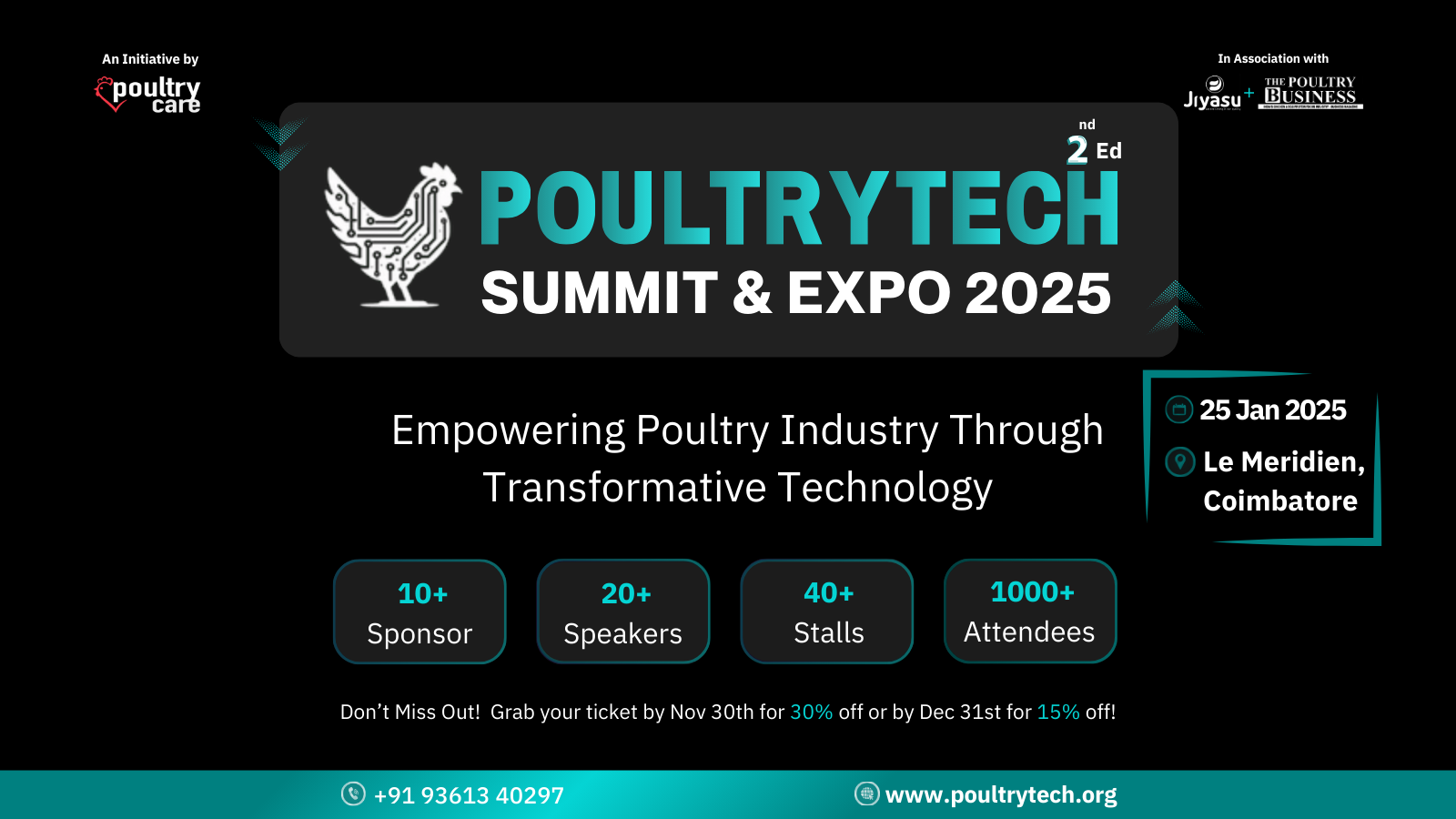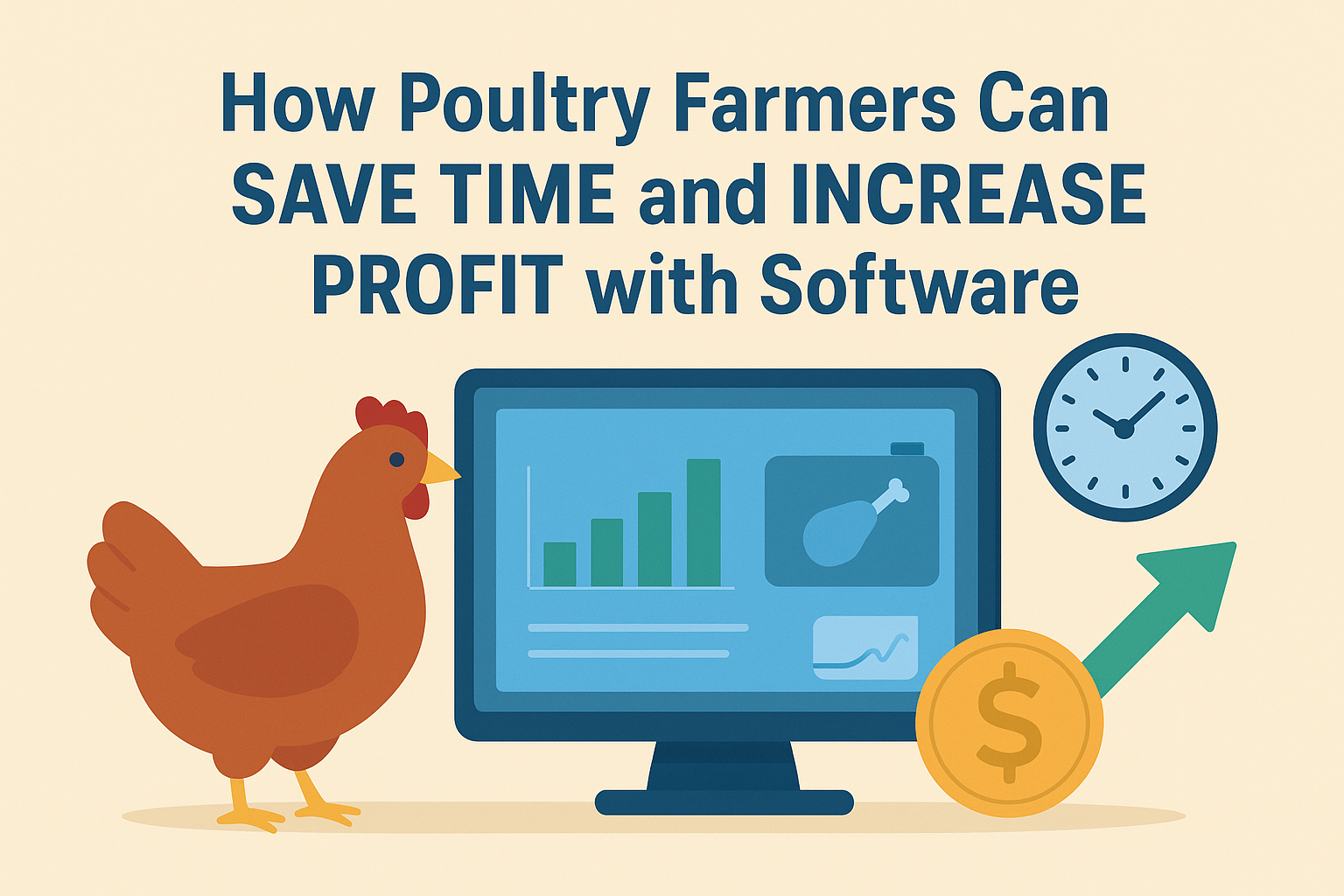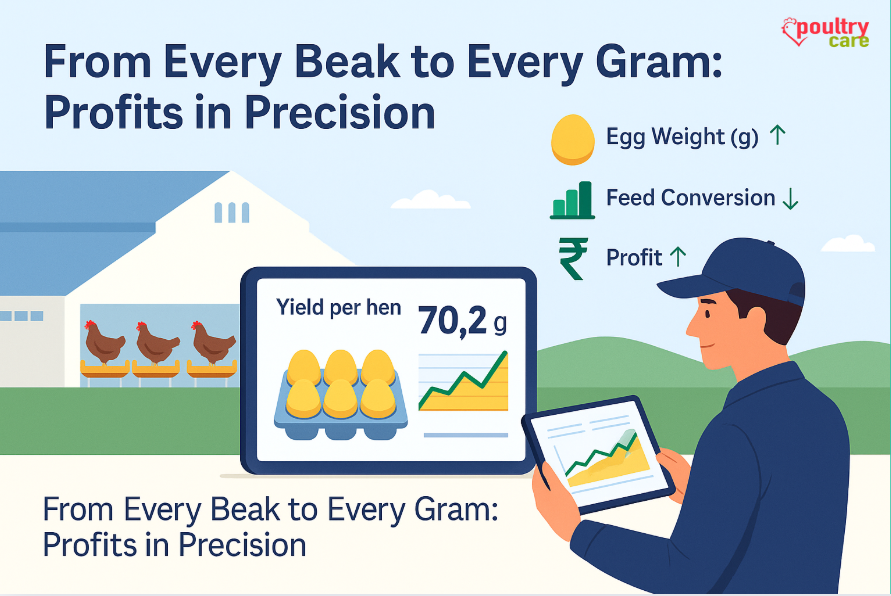In the ever-evolving world of poultry farming, innovation is the driving force behind increased productivity, efficiency, and sustainability. Among the transformative technologies taking center stage in layer farming is artificial intelligence (AI). More specifically, AI is revolutionizing how layers are fed, optimizing nutrition, and elevating productivity. In this blog, we'll delve into the realm of AI-driven precision layer feeding and explore how it's reshaping the future of layer farming.
The Essence of Precision in Layer Farming
Precision is the hallmark of modern layer farming. To meet the demands of a growing population, poultry farmers must maximize their output while minimizing waste. Precision layer feeding is the art of providing layers with the exact nutrition they need, precisely when they need it. This not only enhances egg quality but also reduces costs and environmental impact.
Challenges in Layer Feeding
-
Balancing Nutrition: Layers go through various life stages, each with specific nutritional needs. Achieving the right balance is essential to ensure their health and productivity.
-
Minimizing Feed Wastage: Reducing feed wastage is a top priority in layer farming, as it directly impacts cost efficiency and environmental sustainability.
-
Automation: Implementing automated systems for precise feeding is a complex task. These systems must be capable of adjusting feeding schedules and portions in real time to cater to changing bird requirements.
-
Data Analysis: The vast amount of data generated by layer farms, including bird behavior, health, and nutrition, requires sophisticated analysis to make informed decisions regarding feeding.
AI in Precision Layer Feeding
-
Behavioral Analysis: AI systems can assess bird behavior and dietary preferences, ensuring that layers receive the nutrition they need. This helps maintain their health and productivity.
-
Nutritional Optimization: AI continuously evaluates the nutritional content of feed, dynamically adjusting formulations to meet the specific requirements of layers at different stages of their lifecycle.
-
Waste Reduction: AI plays a pivotal role in reducing feed wastage by optimizing feed dispensing, leading to cost savings and a more sustainable approach.
-
Real-Time Adjustments: AI-driven smart feeders can make real-time adjustments to feeding schedules and quantities based on data analysis, ensuring that layers are always precisely fed.
-
Data-Driven Insights: AI systems collect and analyze a wealth of data related to bird health, nutrition, and behavior, providing valuable insights that guide farm management decisions.
AI-Enhanced Solutions
-
Smart Feeders: AI-powered feeders automatically adjust the feeding schedule and quantity based on real-time data, ensuring that layers receive the precise nutrition they need when they need it.
-
Behavioral Analysis: AI can detect changes in bird behavior, potentially indicating specific dietary needs or health issues, allowing for timely intervention.
-
Nutritional Optimization: AI continually analyzes feed composition and adapts it to meet the specific nutritional requirements of layers at various stages of their life.
-
Waste Reduction: AI-optimized feed dispensing significantly reduces feed wastage, offering cost savings and promoting sustainability.
-
Data Management Platforms: AI-driven data management platforms collect and analyze data from various sensors and systems, providing actionable insights for effective decision-making.
Benefits of AI-Driven Precision Layer Feeding
-
Improved Egg Quality: Precision feeding guarantees that layers receive the right nutrition, ultimately enhancing the quality of eggs, which is vital for market competitiveness.
-
Reduced Feed Wastage: AI-optimized feeding substantially cuts down on feed wastage, reducing costs and environmental impact while promoting sustainability.
-
Labor Cost Reduction: Automated processes, such as feeding, reduce the need for manual labor, lowering operational expenses.
-
Positive Environmental Impact: By reducing feed wastage and optimizing nutrition, AI-driven precision feeding contributes to a more environmentally friendly approach to layer farming.
-
Data-Driven Decision-Making: The valuable insights derived from AI data analysis empower poultry farmers to make informed decisions that optimize their operations and improve overall efficiency.
The Future of Layer Farming
The future of layer farming is set to embrace AI-driven precision feeding as a fundamental component. As technology continues to advance, the industry can anticipate even more sophisticated solutions and greater levels of automation. The poultry sector is on the cusp of a future where efficiency, sustainability, and environmental consciousness are at the forefront of layer farming practices.
Conclusion
In conclusion, AI is propelling precision layer feeding into a new era of efficiency, sustainability, and productivity. Poultry farmers who embrace AI-optimized solutions are well-positioned to thrive in a highly competitive industry. The journey to the future of layer farming is an exciting one, and AI is the compass guiding the way.






